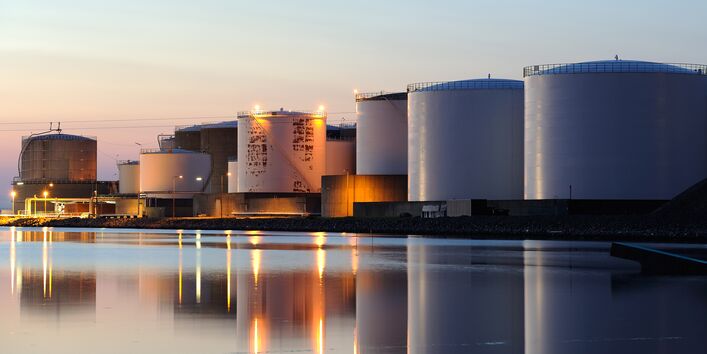Resource efficiency optimization is good for everyone
Optimized resource efficiency benefits not only companies, but also the economy as a whole, in the following ways: (a) reduced dependency on imported raw materials; (b) raw materials price fluctuations have a lesser effect on the business cycle, product prices, and company profits; (c) reduced risk that raw materials price increases will trigger a new round of inflation; (d) mitigation of the negative economic impact of raw materials shortages. All of these elements have a positive impact on a country’s economic capacity. Resource prices are bound to rise over the long term owing to dwindling supplies of raw materials and rising extraction costs – evolutions that will make resource efficiency a factor of ever growing importance for companies that need to remain competitive on global markets. The growing importance of this competitive factor is already evidenced today by the rapidly growing market for efficient green technologies.
Simulation results
Analyses conducted using the Panta Rhei macro-econometric model for the MaRess project have shown that increased material-resource efficiency has a positive economic impact. Simulations using the Panta Rhei model show that optimizing material-resource efficiency could potentially create some 700,000 new jobs in the runup to 2030. In order for this to happen, manufacturers would need to reduce their materials costs by an average of 20 percent, via the options revealed by consulting and information. Such a move would also reduce total material requirement (TMR) by more than 9 percent, and would reduce the budget deficit in 2030 by around €226 billion, relative to the deficit entailed by the scenario involving no measures.
Using the Panta Rhei model, it was also possible for the economic impact of increasing the scope of recycling to be analyzed during the project. The simulations in this regard were predicated on a threefold increase in the proportion of secondary raw materials in end products, whereby one scenario presupposed that recycling engenders increased costs. A second scenario presupposed, against the backdrop of rising raw materials prices, that the cost of using recycled materials is the same as using primary materials. Both scenarios have a moderately positive impact on employment, but a far more positive effect on raw materials use, measured in TMR. It would decline by 197 million or 490 million tons, depending on which scenario is applied.
